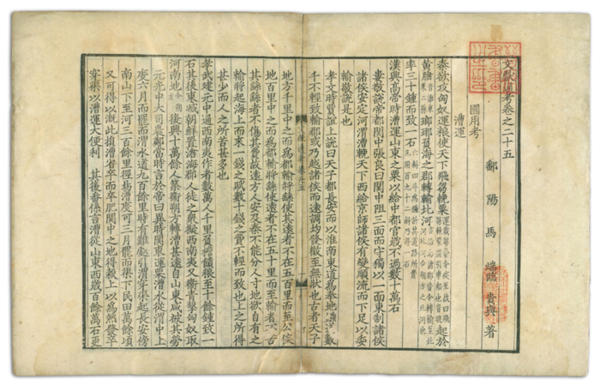From the Medieval Studies Research Blog: Perceptions of Byzantium in Medieval Chinese Chronicles

“Their king [the kings of Daqin] is not a permanent one, but they want to be led by a man of merit. Whenever an extraordinary calamity or an untimely storm and rain occurs, the king is deposed and a new one elected, the deposed king resigning cheerfully. The inhabitants are tall, and upright in their dealings, like the Han [Chinese], whence they are called Da-Qin, or Han.
—Ma-Duanlin
This description of the Byzantine Empire by the 13th-century Chinese historian Ma-Duanlin would startle his Byzantine contemporaries used to palace intrigues worthy of the finest episodes of a popular TV show.
Chinese literati and intellectuals identified the ancient Roman Empire as Da Qin 大秦 or Great Qin. The term which emerged during the Han Dynasty (202 BC – 220 AD) is evocative of China’s perception of their western counterparts whom they regarded as equal to themselves. Whereas China ruled over the eastern parts of the world, somewhere far in the west, a counter China held the balance of the world. Under the Tang, another, more phonetically accurate term, Fu Lin 拂菻, emerged to describe Byzantium, the medieval iteration of the Roman Empire. Chinese historians probably adopted the more accurate Fu Lin from their Eastern Iranian and Turkic neighbors (Middle Persian: Hrum; Bactrian: φρομο), who were used to trading with the Byzantine Empire in the 6th and 7th centuries.
Even though Chinese historians knew that Da Qin and Fu Lin were the same entity, knowledge of a powerful empire far in the west did not prevent them from intermixing facts and fiction...
This is an excerpt from “Rome Under Heaven:” The Place of the Roman Empire in Accord with the Chinese Concept of Tianxia” written by Medieval Institute Ph.D. Candidate Romain Thurin. Read the full story.